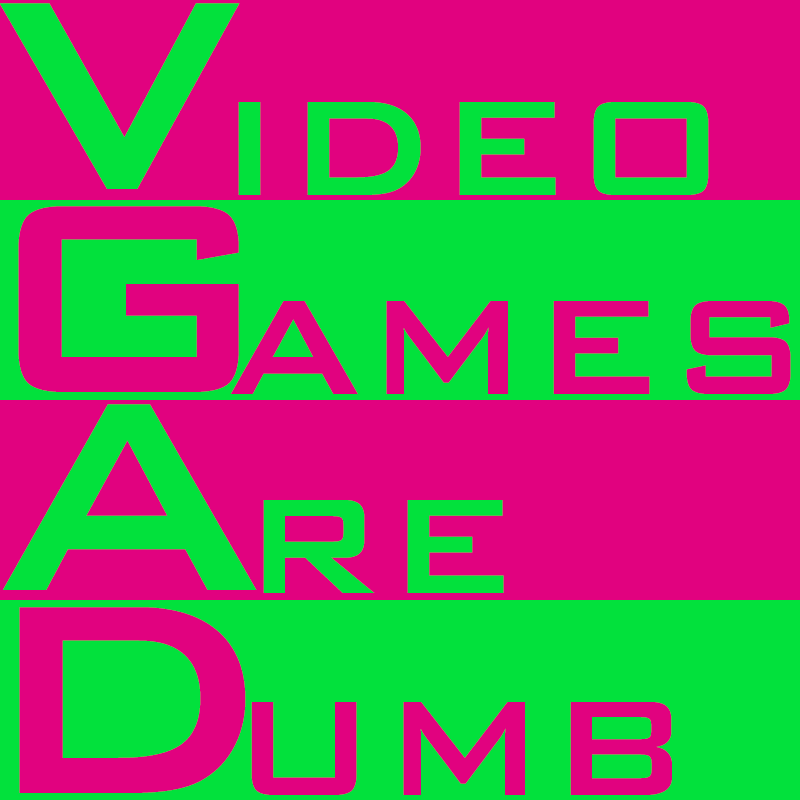Truly great stealth games are few and far between. And for good reason. It’s essentially a genre about patience, with little room for procedural error. Fortunately, Dishonored 2 avoids these common pitfalls by placing player choice in the forefront of its design. Offering a myriad of exciting methods to complete a single objective. Combined with an enthralling revenge story and imaginative industrial world, Dishonored 2 is a rewarding multi-layered experience.
Taking place 15 years after the previous entry, Dishonored 2 continues the story of Royal Protector Corvo Attano, and his daughter, Empress Emily Kaldwin. The once chaotic capital of Dunwall has transformed into a peaceful city. But Emily’s authority comes under question when Duke of Cercovos reveals the discovery of Delilah Copperspoon, sister of the previous Empress and rightful heir to the throne. With a successful coup ousting the former ruler, Emily and Corvo must embrace the dark supernatural powers of the void, to extract revenge of their conspirators and regain control of the crown.
Yes, that’s a lot of pronouns. But Dishonored’s economic storytelling quickly informers both fans and newcomers. Within the first cutscene, players are introduced to all of the game’s antagonists, setting the stage for the missions to come. But their personalities and backstories are further fleshed out as players invade their well defended sanctuaries. With plenty of scattered notes and background dialogue explaining their motivations. Building the anticipation of a face to face encounter. And always tying back into the central narrative.
Though this devotion to world building often leaves Emily and Corvo as blank slates. And while this certainly allows the audience to project themselves, the protagonists come off as circumstantial motivators rather than true characters.
But this approach does empower players to decide their own technique. Dishonored 2’s first person gameplay emphasises stealth, but outside of a few very select instances, there are no failure states. Feel like getting up close and personal? That works fine. Want to snipe guards from a distance? There’s nothing holding you back. Instead Dishonored offers two paths for success, a pacifistic style where enemies are knocked out, and a chaotic a style where opposing forces are brutally cut down. As a stealth games, reloading saves takes around 16 seconds. Not exactly an issues, but just long enough to be noticeable.
It’s remarkable is how balanced the gameplay is regardless of your preference. Providing enough challenges to overcome through vicious murder or restraint. Though the elimination of key targets is more satisfying in the non-violent method. Where powerful enemies are stripped of their most valuable possessions, leaving them broken and helpless.
But Dishonored’s most brilliant design choice comes in the form of the bone charms, selectable perks that influence your playstyle. And void powers. Where players are able to summon a swarm of vicious rats to consume soldiers, teleport high above the street to avoid detection, or temporarily identify threats through walls. And this is where character selection plays a key role, with Corvo and Emily featuring unique supernatural abilities.
For my first playthrough, I relied heavily on the Empress’ quick dash to navigate rooftops and perches, knocking out individual guards along the way. But in my ruthless replay, I resorted to Corvo’s barbaric wind powers to kill several enemies at once.
While the dialogue and cutscenes are nearly identical for both characters, the difference in capabilities and chosen method drastically altered my approach. There were a surprising amount of locations and side missions I only discovered in my second run, which were every bit as detailed as the direct path.
And exploration of the open labyrinthian stages is highly encouraged. Enhancing the void powers and acquiring new bone charms is only possible by tracking down and obtaining them throughout the large hub worlds. While their positions can be always be with seen a tap of a button, locating their exact spot is a fulfilling puzzle in and of itself.
This is largely due to the diverse environments. Gloomy hospitals, lush mansions, and haunting manors each feature their own vibrant color pallet, ranging from oppressive greys to inviting oranges. The impressive lighting engine allows for several fast moving creatures to alter shadows without dipping the 30 frames per second performance.
Though on occasion, I did notice some odd surrounding statistic and objects passing through solid matter. While the characters are well performed and designed, their stiff faces can be a bit distracting.
Still, the long draw distances from the city’s rooftops and real time environmental transformations more than make up for these small blemishes.
Dishonored 2’s doesn’t rely on consequence. If there’s door blocking your path, you can find another way or simply blast it down. In either situation, the result is largely the same. But it’s through this open model that players will find their own solutions, without having to compromise their chosen strategy.
Only the most diehard completionists will discover most of what Dishonored 2 has to offer. But even then, a second playthrough feels mandatory, with numerous opportunities to practice Corvos growing powers. Dishonored 2’s dedication to player empowerments keeps it’s gameplay fresh and revenge ever sweet.
